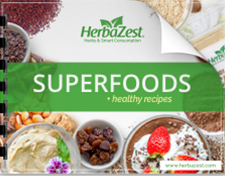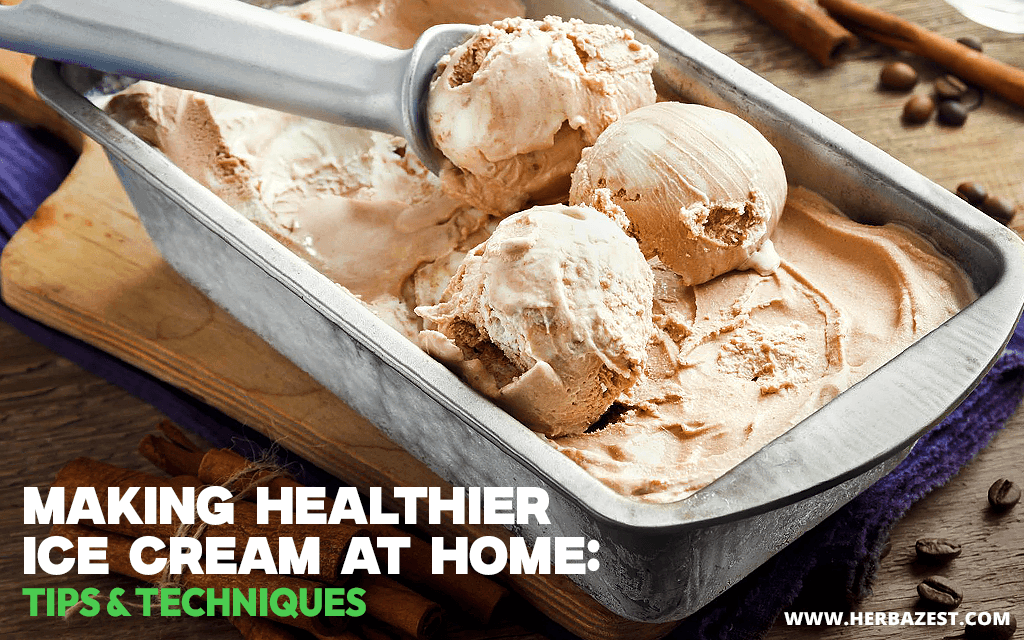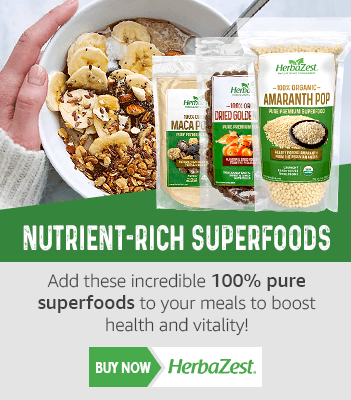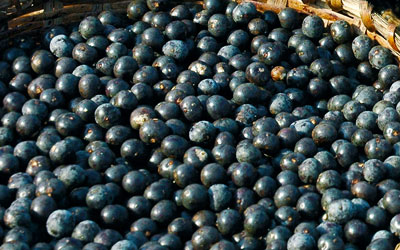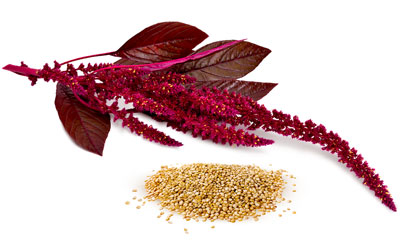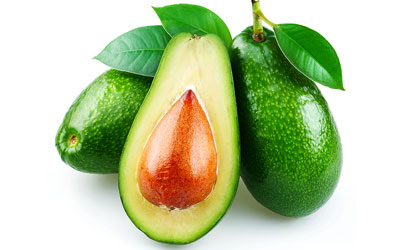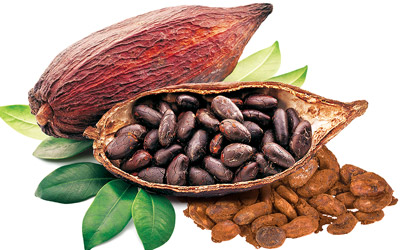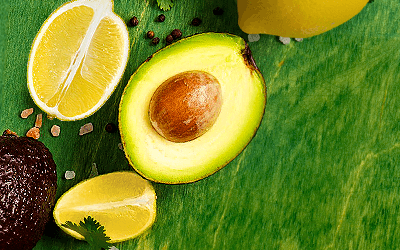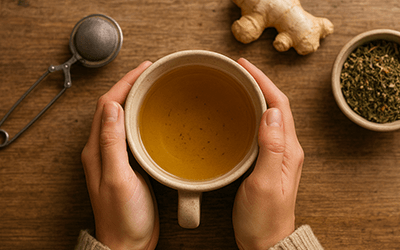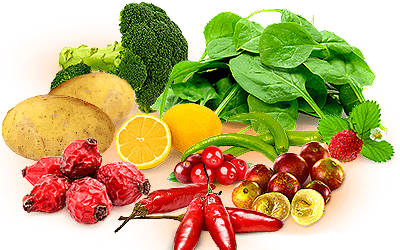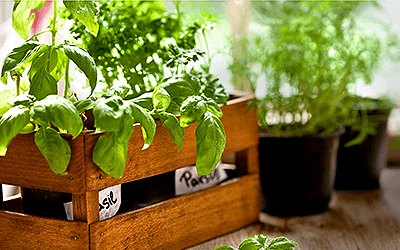Ice cream is a beloved treat enjoyed by many, often evoking nostalgic memories of hot summer days and delightful indulgence. However, traditional recipes can be laden with sugar and fat, with just one serving of vanilla ice cream containing up to four teaspoons of added sugar.1 Imagine the joy of savoring a scoop of creamy, refreshing ice cream without the guilt. Making your own healthier ice cream at home not only allows you to control the ingredients but also opens up a world of creative possibilities, making it both a nutritious and delicious alternative. Dive in to discover how you can craft your perfect, healthier ice cream!
1. Choose a Nutritious Base
The base of your ice cream plays a crucial role in its overall nutritional profile. Opting for healthier bases can significantly reduce the calorie and fat content of your ice cream without compromising on flavor or texture.
Dairy Options
For those who prefer dairy-based ice cream, choose milk and yogurt. Greek yogurt, in particular, is an excellent option as it is high in protein and probiotics and gives a creamy texture. To reduce the fat content further while still providing a rich, creamy consistency, use skim milk or 1% milk.
Plant-Based Options
Plant-based milk alternatives are perfect for those who are lactose intolerant or following a vegan diet. Coconut milk, while higher in fat, offers a rich and creamy texture. Almond and cashew milk provide a lighter option with a subtle nutty flavor. Oat milk is also a great choice, providing a neutral taste and creamy texture that closely mimics dairy.
2. Sweeten Naturally
Refined sugar is a common ingredient in ice cream, but there are healthier, natural alternatives that can add sweetness without the negative health effects of sugar.
Honey and Maple Syrup
Honey and maple syrup are excellent natural sweeteners. They provide not only sweetness but also additional flavors that can enhance the taste of your ice cream. These sweeteners contain antioxidants and have a slightly lower glycemic index than refined sugar, making them healthier choices.
Stevia and Monk Fruit
For those looking to reduce their sugar intake further, stevia and monk fruit are fantastic options. Both are natural sweeteners that provide intense sweetness without the calories. As such, they may be especially suitable for individuals managing diabetes or those on a low-sugar diet.
Fruits
Using fruits to sweeten your ice cream can add both flavor and nutrients. Bananas, when frozen, provide a creamy texture and natural sweetness. Dates can be blended into the base to add a caramel-like sweetness. Blueberries, raspberries, and strawberries, especially when ripe, can add bursts of flavor and natural sweetness.
3. Enhance Nutritional Value
Ice cream doesn't have to be just a treat; it can also be a source of essential nutrients. Adding certain ingredients can drastically boost the nutritional content of your homemade ice cream.
Protein-Rich Add-Ins
To turn your ice cream into a more filling snack, enrich it with protein. Nut butters, like those made from almonds, peanuts, or cashews, not only add protein but also healthy fats and a rich, creamy flavor. Protein powders, like whey, pea, or sacha inchi, are another great option that can be easily mixed into the base.
Nutritional Powders
Nutritional powders, like maca, aguaje, camu camu, and acai, can be added to your ice cream to enhance its nutritional value and add unique flavors. Matcha, a Japanese green tea variety, is another popular way to make your ice cream more nutritious.
4. Explore Unique Flavors
Homemade ice cream offers the opportunity to experiment with a wide variety of flavors, far beyond the usual vanilla and chocolate.
Herbs and Spices
Fresh herbs like mint, basil, and rosemary can add refreshing and sophisticated flavors. Spices such as cinnamon, cardamom, and nutmeg can give your ice cream more warmth and depth. For a more exotic touch, try adding a hint of turmeric or saffron.
Fruit Powders
Adding fruit powders, like lucuma and carob, allows you to enjoy tropical flavors all year round without leaving your home. They have a longer shelf-life and add unique flavors and natural sweetness, helping you to cut down on added sugar.
Flavorful Purees
Fruit purees, like mango or strawberry, can provide vibrant colors and fresh flavors. Vegetable purees, such as pumpkin or sweet potato, add a unique twist, smooth texture, and additional nutrients. Avocado, with its creaminess, is an excellent addition that pairs well with cacao.
5. Add Texture for a Gourmet Touch
Texture is a key component of a satisfying ice cream experience. Adding different textures can elevate your homemade ice cream from simple to gourmet.
Nuts and Seeds
Chopped nuts like almonds, pistachios, and walnuts add a crunchy texture and additional nutrients. Toasting the nuts beforehand can enhance their flavor. Crushed seeds like sunflower, sacha inchi, and pumpkin seeds can also add a nice crunch.
Chocolate
For a bit of indulgence, add dark chocolate chips or shavings. With its higher cacao content, it provides antioxidants, beautiful color, and a deep, rich flavor.
Delicious Swirls
Swirling in homemade fruit sauces or nut butters can add a dynamic texture and flavor contrast. Consider making a chia blueberry jam, homemade chocolate hazelnut spread, or caramel sauce with coconut sugar to swirl into your ice cream.
Crunchy Add-Ins
Homemade granola, muesli, and cacao nibs can add a crunchy texture and additional fiber. Nutritious pops, like quinoa, amaranth, or kaniwa, can be mixed with peanut butter and honey to create crunchy layers for ice cream sandwiches, like this amaranth pop ice cream sandwich.
6. Techniques for Perfect Texture
Achieving the perfect ice cream texture at home can be challenging. Here are some tips to help you create smooth, creamy ice cream every time.
Using an Ice Cream Maker
Using an ice cream maker is one of the best ways to ensure a smoother texture. Ice cream makers work by constantly churning the mixture while it freezes, incorporating air and preventing large ice crystals from forming. If you don't have an ice cream maker, you can manually stir the mixture every 30 minutes while it's freezing to break up ice crystals and incorporate air.
Adding a Thickener
Adding a small amount of cornstarch or arracacha to your ice cream mixture can help thicken it and give it a creamier consistency. You can also consider adding gelatin (animal-based) and agar-agar (plant-based) to make the ice cream smoother and creamier.
Making healthy ice cream at home allows you to enjoy a delicious treat while maintaining control over the ingredients. By choosing a nutritious base, opting for natural sweeteners, boosting the nutritional content, experimenting with different flavors, and using techniques for perfect texture, you can create ice cream that is both tasty and good for you. Enjoy the process of creating your custom ice cream flavors and revel in the satisfaction of indulging in a healthier dessert.
Sources
- Cleveland Clinic, Are ‘Healthy’ Ice Creams Really Healthy? 2023
- Food Research International, Functional ice cream health benefits and sensory implications, 2022
- Guthrie, 5 Tips for Making Healthy ice Cream at Home, 2023
- International Journal of Food and Nutritional Science, Ice Cream Nutrition and Its Health Impacts, 2020
- Newton Medical Center, Six ways to make your ice cream healthier, 2021
- University of Arkansas, Enjoy Safe Homemade Ice Cream for the Summer
- University of Minnesota, Homemade ice cream, 2021
Footnotes:
- University of Rochester. (n.d.). Nutrition Facts: Ice creams, vanilla, 1 cup. Retrieved August 7, 2024, from https://www.urmc.rochester.edu/encyclopedia/content.aspx?contenttypeid=76&contentid=19095-1
